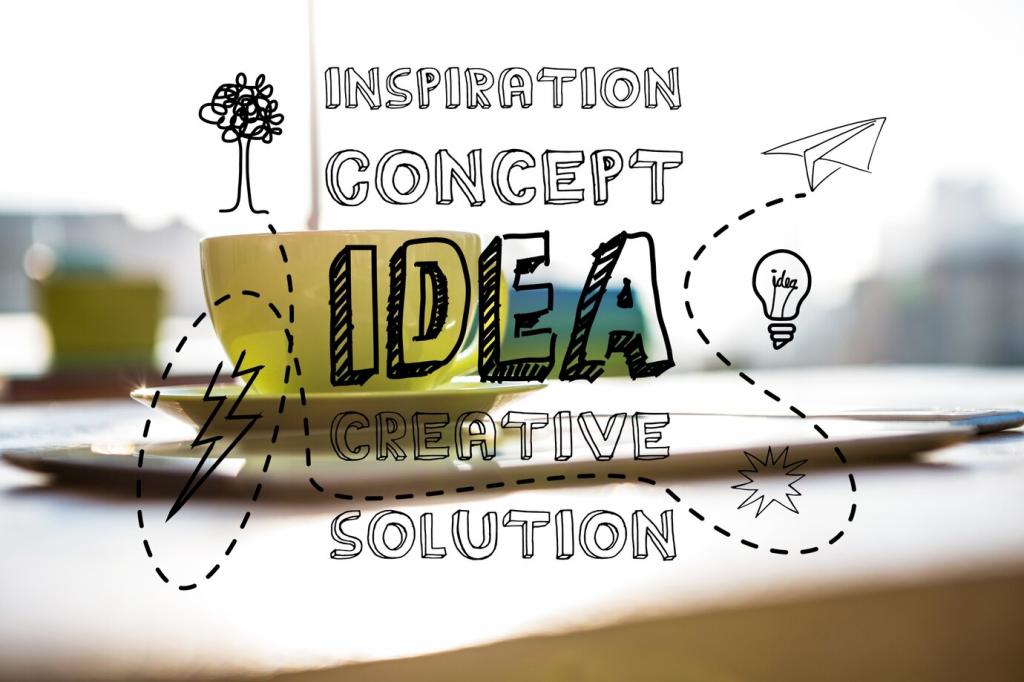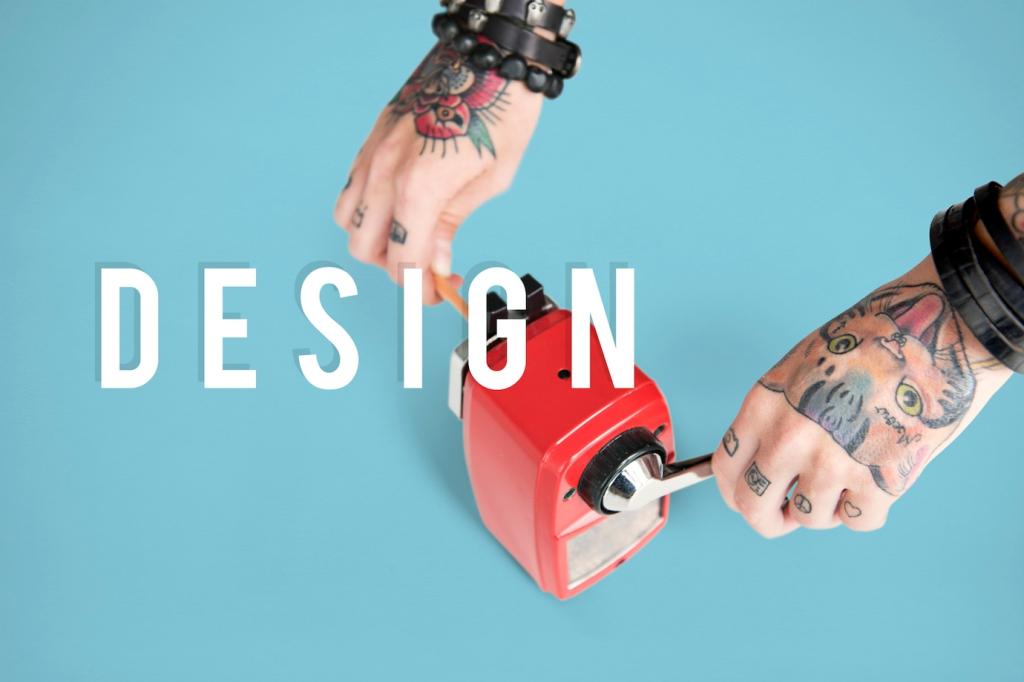Starting Strong: Overcoming Early-Career Friction
Imposter syndrome often signals the edge of your growth zone, not a verdict on your talent. One junior designer kept a weekly wins log, then re-read it before critiques. Try that ritual and share your version—what small proof can you collect today?
Starting Strong: Overcoming Early-Career Friction
Hiring managers care how you think, not just pixel polish. Frame each project with context, constraints, decisions, and outcomes. Include trade-offs you made and lessons learned. If this reframing helps, subscribe for a template we’ll send in our next newsletter.






